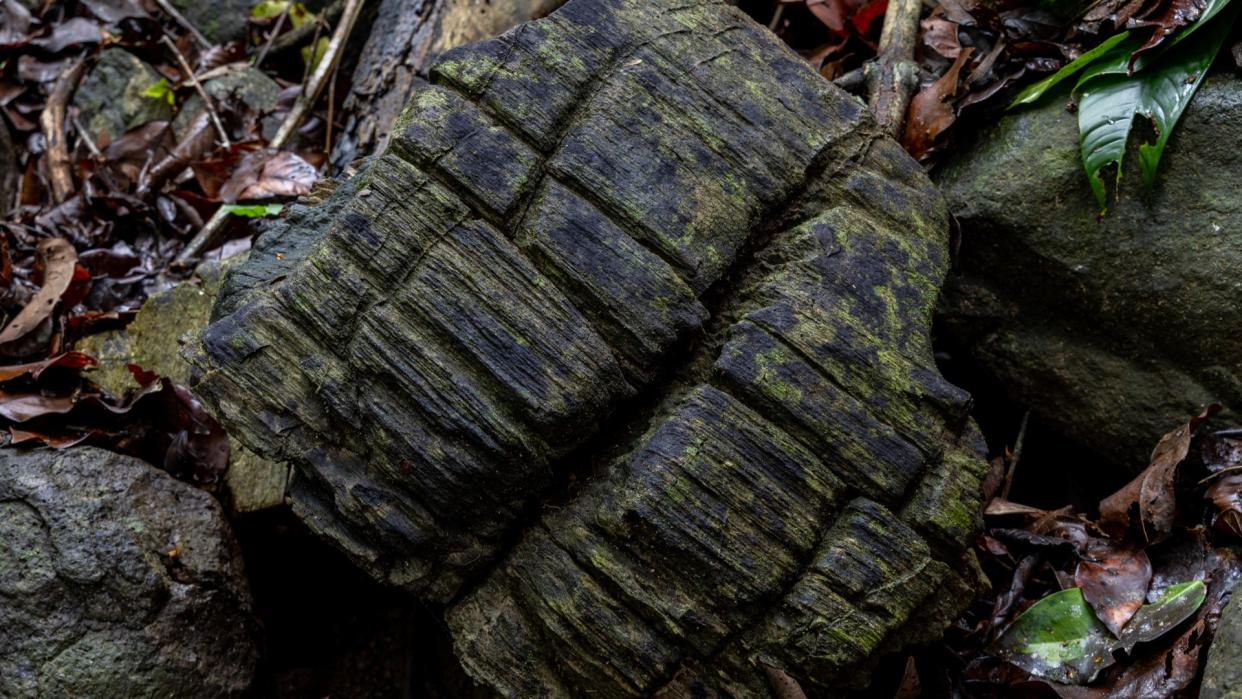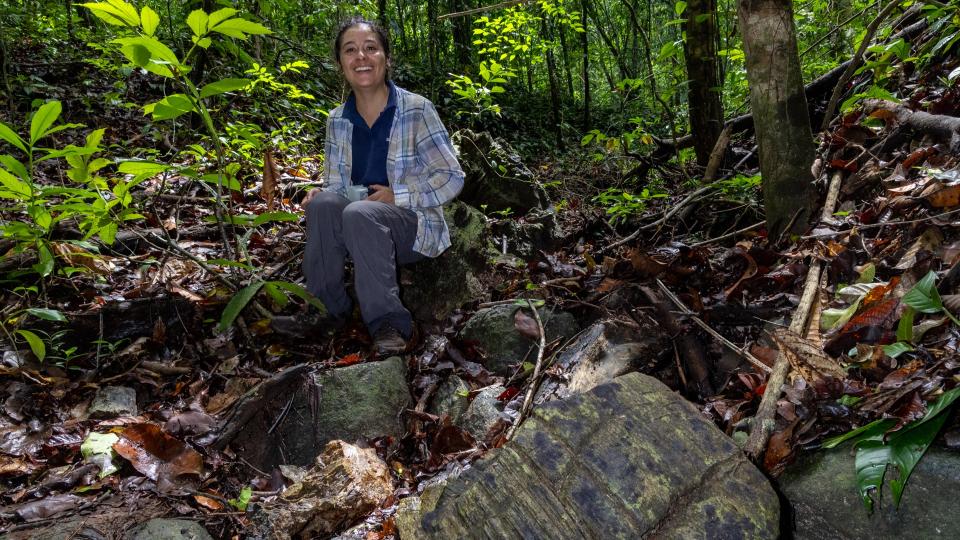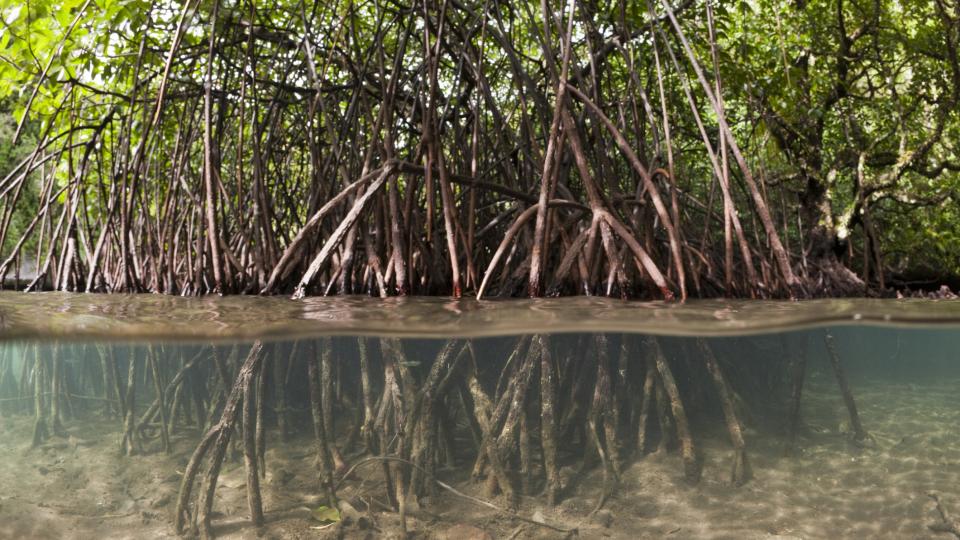23 million-year-old petrified mangrove forest discovered hiding in plain sight in Panama

An ancient mangrove forest with trees that towered up to 130 feet high has been discovered over 20 million years after a volcanic mudflow smothered it in what is now Panama, a new study reveals.
Researchers first discovered the fossils in 2018 during a geological expedition on Barro Colorado Island (BCI). The island sits in Panama's human-made Gatun Lake, which thousands of ships cross every year as they cruise through the Panama Canal. BCI once formed part of a hilly landscape that became partly submerged in 1913, when engineers dammed the Chagres River to build the canal, and was set aside as a nature reserve in 1923. Today, the tropical forests of BCI are some of the most intensively studied in the world.
"We never imagined that fossil wood would be in BCI" given the numerous scientists who have surveyed the island over the past century — "nobody had reported them," study co-author Carlos Jaramillo, a geologist with the Smithsonian Tropical Research Institute in Panama, told Live Science in an email. The fossils "are hard to tell apart from any other decaying tree in the forest," because they look like rotting stumps, Jaramillo said.
Related: Mysterious Mexican mangrove forest is 'trapped in time' hundreds of miles from the coast
Despite their appearance, the mangrove fossils are actually stunningly preserved, Jaramillo said. That's because a volcanic eruption buried the trees around 23 million years ago during the early Miocene epoch (23 million to 5.3 million years ago), slowing down decomposition and freezing the landscape in time.

"Fossil wood samples also known as petrified wood store a great amount of information," study lead author Camila Martínez Aguillón, a paleoecologist at EAFIT University in Colombia, told Live Science in an email. The cellular structure is mineralized over the eons and preserved intact, offering researchers "a rare and great opportunity to travel into the past," Martínez Aguillón said.
The researchers examined 121 fossilized wood samples that lay exposed in a small creek on BCI and found 50 of them belonged to a previously unknown species, which they named Sonneratioxylon barrocoloradoensis. The newfound fossil species resemble mangrove trees that grow in Southeast Asia; Australasia, a region that includes Australia, New Zealand and some surrounding islands; and parts of tropical Africa today, Martínez Aguillón said.
But the ancient forest stood much taller than modern mangroves, according to a study in the March 2024 issue of the journal Palaeogeography, Palaeoclimatology, Palaeoecology.

Whereas the canopies of most living mangrove trees reach around 43 feet (13 meters) high, S. barrocoloradoensis grew to around 82 feet (25 m) and could tower up to 130 feet (40 m).
RELATED STORIES
—When did Earth's first forests emerge?
—What are the largest rainforests in the world?
—Ancient trees form bloodlines that bolster forests for thousands of years
The ancient trees likely evolved the same survival strategies mangroves use today, preferring brackish waters to highly saline ocean waters, Jaramillo said. The forest fringed a narrow peninsula that connected present-day central Panama to North America before the Isthmus of Panama formed, sometime between 23 million and 3 million years ago.
The mangrove fossils were all in a similar state of preservation, prompting the researchers to think the forest was wiped out by a single volcanic eruption that flooded the landscape with mud.
Since the researchers first discovered wood fossils on Barro Colorado Island, "people have been finding plenty more all over the island," Jaramillo said.

